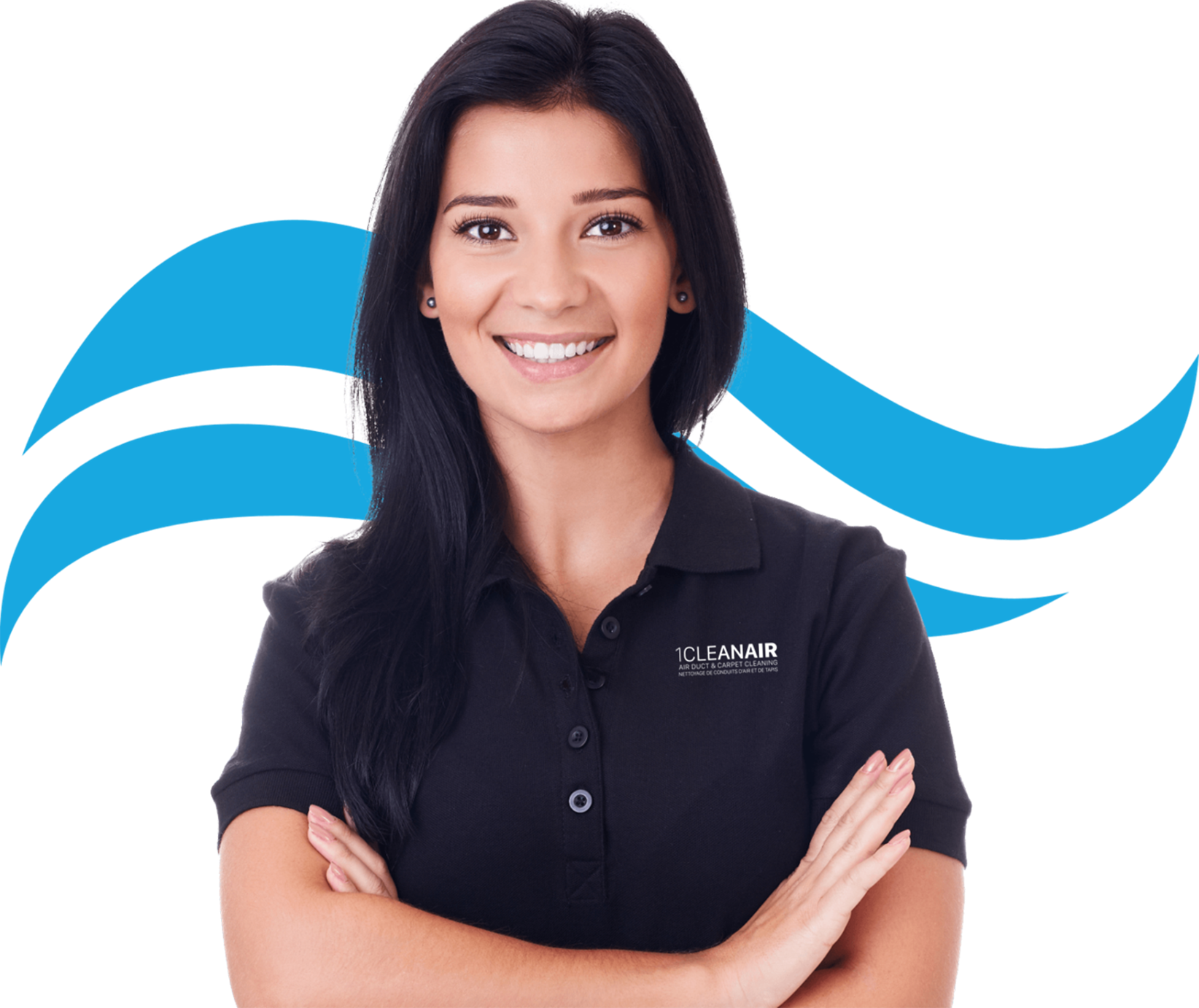Content
Air duct cleaning plays a critical role in maintaining indoor air quality, HVAC efficiency, and occupant health. However, duct cleaning is not a risk-free process. Whether the service is performed in a small residence or a large commercial building, there are several safety hazards that technicians, property owners, and occupants should be aware of.
This article explores the most common hazards associated with duct cleaning, their potential consequences, and the best practices to mitigate them. Understanding these risks ensures that the cleaning process delivers its intended benefits (cleaner air and better system performance) without compromising safety.
1. Physical Hazards
a) Confined Space Risks
Duct systems often require technicians to work in crawl spaces, attics, or tight mechanical rooms. These environments present:
- Limited ventilation, leading to heat stress or oxygen depletion.
- Risk of injury due to awkward body positions.
- Restricted escape routes in case of emergencies.
Prevention Tips:
- Conduct a pre-job assessment to identify confined spaces.
- Ensure adequate ventilation and lighting.
- Have an emergency plan and communication device available.
b) Slips, Trips, and Falls
Loose hoses, ladders, and tools scattered around the work area can cause technicians to trip. Duct cleaning may also require accessing elevated areas, increasing fall risks.
Prevention Tips:
- Keep the work area organized and free of unnecessary clutter.
- Use ladders with proper footing and follow fall-protection protocols.
- Wear slip-resistant footwear.
c) Contact With Sharp Edges
Ductwork often contains sharp metal edges that can cause lacerations or puncture wounds.
Prevention Tips:
- Wear cut-resistant gloves and protective clothing.
- Use tools designed for safe navigation inside ducts.
2. Airborne Hazards
a) Dust and Allergens
The cleaning process dislodges years of accumulated dust, pollen, and other contaminants. Without proper containment, these particles can be released into the occupied space, posing health risks for technicians and building occupants.
Prevention Tips:
- Use negative air machines to maintain negative pressure inside ducts.
- Seal all vents during cleaning to prevent dust from escaping.
- Provide PPE such as respirators or N95 masks for workers.
b) Mold Spores and Bacteria
If moisture has been present in the duct system, mold growth may have occurred. Disturbing mold colonies releases spores into the air, which can trigger allergic reactions or respiratory issues.
Prevention Tips:
- Inspect the duct system for visible mold before cleaning.
- Use HEPA filtration equipment during cleaning.
- Follow EPA and NADCA (National Air Duct Cleaners Association) guidelines for mold remediation.
c) Chemical Exposure
Some cleaning or sanitizing products contain strong chemicals that may irritate the eyes, skin, or lungs.
Prevention Tips:
- Use EPA-approved, non-toxic cleaning solutions.
- Follow manufacturer instructions for dilution and application.
- Ensure adequate ventilation during chemical use.
3. Mechanical and Electrical Hazards
a) Moving Parts in HVAC Equipment
Technicians often work near fans, blowers, and belts. Accidental activation of HVAC systems can lead to severe injuries.
Prevention Tips:
- Shut down and lock out/tag out (LOTO) the HVAC system before beginning work.
- Verify that no moving parts are active before entering or cleaning ducts.
b) Electrical Shock
Contact with exposed wiring or energized components inside air handlers can result in electrical shock or electrocution.
Prevention Tips:
- De-energize equipment before opening panels.
- Use insulated tools and wear appropriate PPE.
- Verify with a voltage tester before touching any wires.
4. Fire Hazards
Accumulated dust, lint, or grease (especially in commercial kitchens) can ignite if exposed to sparks or overheating equipment during cleaning.
Prevention Tips:
- Remove combustible materials from the work area.
- Avoid using tools that produce sparks.
- Ensure that fire extinguishers are readily available.
5. Biological Hazards
Rodents and Insects
Ducts sometimes harbor nests, droppings, or even live pests. These can transmit diseases or bite technicians.
Prevention Tips:
- Wear gloves and protective suits when removing debris.
- Use proper pest control measures if infestation is present before cleaning.
6. Noise and Vibration
High-powered vacuums and rotary brushes generate significant noise levels, potentially leading to hearing damage over time.
Prevention Tips:
- Wear hearing protection such as earplugs or earmuffs.
- Limit exposure time near noisy equipment.
7. Risks for Building Occupants
Duct cleaning can temporarily degrade indoor air quality if containment measures fail. This is particularly concerning in:
- Hospitals and clinics (patients with weakened immune systems).
- Schools and daycare centers (children are more sensitive to pollutants).
- Office environments where workers may have asthma or allergies.
Prevention Tips:
- Schedule cleaning during off-hours or weekends.
- Inform occupants in advance so they can prepare or vacate the area.
- Ensure thorough cleanup after the job is completed.
8. The Role of Proper Training and Certification
Many of these hazards can be avoided through professional training. NADCA-certified technicians, for instance, follow strict safety protocols and use industry-standard equipment to minimize risks.
9. 1 Clean Air: A Safety-First Approach
In Gatineau and surrounding areas, 1 Clean Air has built its reputation not only on quality results but also on prioritizing safety throughout the process. Their approach includes:
- Pre-job risk assessment: Identifying potential hazards before starting.
- Certified technicians: Trained in confined space entry, lockout/tagout, and safe chemical handling.
- Advanced containment equipment: Ensuring dust and debris stay inside the duct system until fully extracted.
- Detailed reporting: Providing photos and documentation to confirm safe and thorough work.
Choosing a company like 1 Clean Air helps ensure that duct cleaning improves air quality without compromising the safety of workers or building occupants.
Conclusion
Duct cleaning is beneficial for indoor air quality, but it comes with a variety of safety hazards from physical injuries to chemical exposure and airborne contaminants. Understanding these risks allows building owners to choose reputable service providers who prioritize safety.
By partnering with experienced professionals such as 1 Clean Air, property owners can be confident that every precaution is taken, creating a healthier, safer environment for everyone inside the building.
